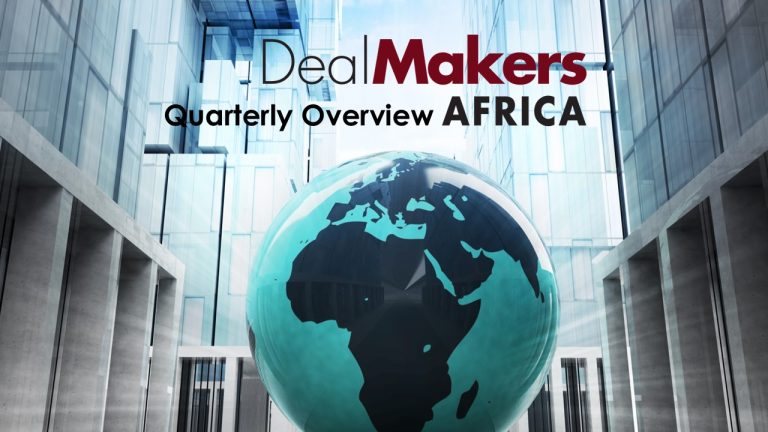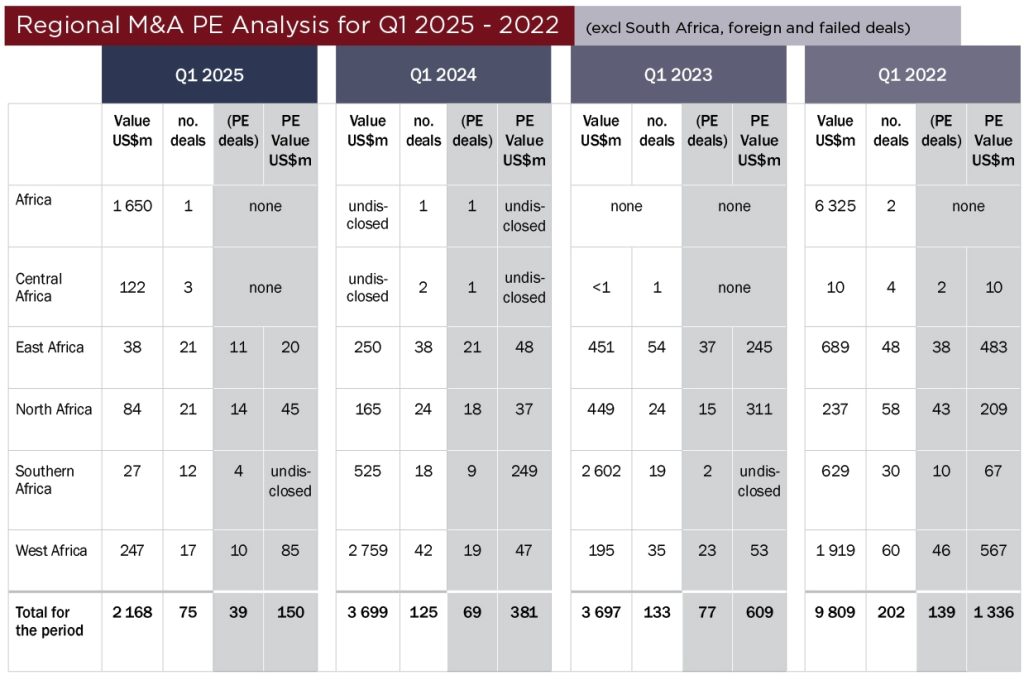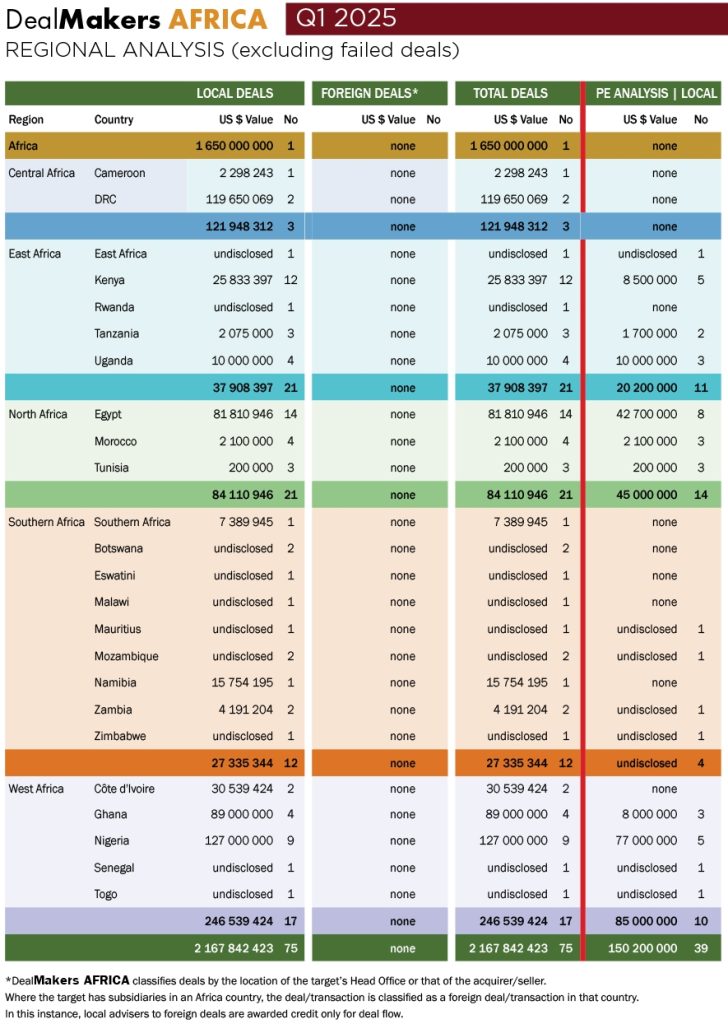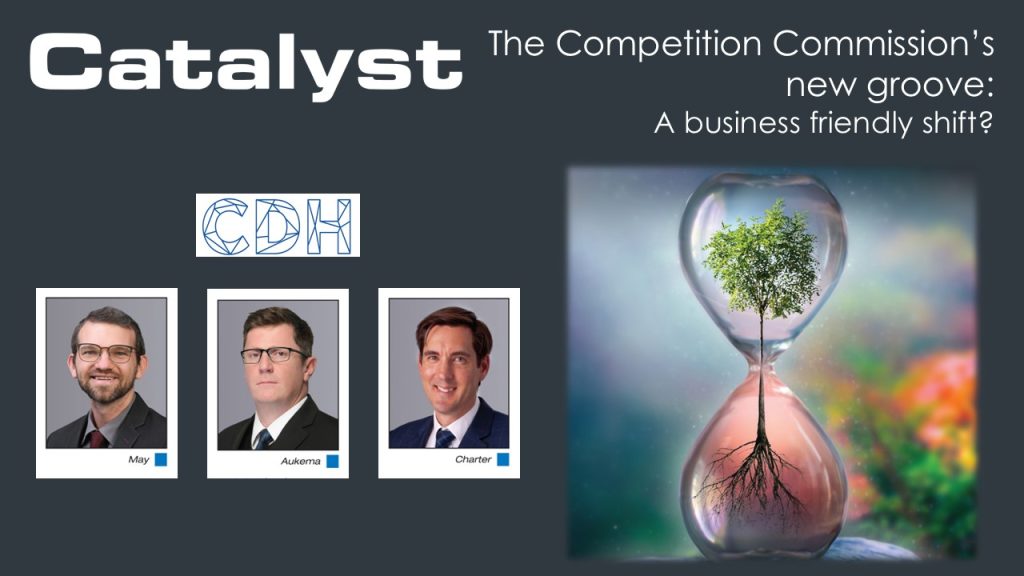Blue Label could list Cell C separately on the JSE (JSE: BLU)
If we are really lucky, the accounting might even become simpler as well
Aside from being an excellent case study for sadistic lecturers looking for ideas for impossible IFRS questions, Blue Label has been the best punt in the telecoms sector in recent times. Those who were willing to ride the momentum are up 130% in the past 12 months! I have a firm rule of not buying things I don’t fully understand, so I missed out on this.
For the few who actually understood the structure and the many who followed their lead, this is a winner that keeps on winning. The next step in the dance is a potential separate listing of Cell C on the JSE, thereby giving investors the option between exposure to Cell C or Blue Label’s distribution business. If you think about how long Cell C has been around for and how often it has failed to implement a sustainable business model, this step is a big deal.
As you would expect, such a transaction would require a complex restructure of the group. I just hope that above all, they take an approach of simplifying things as much as possible. Having two groups with clean balance sheets and as little cross-exposure as possible should be the goal here.
The market didn’t like something about the Collins Property Group update (JSE: CPP)
Perhaps lack of growth in the final dividend was the problem?
Collins Property Group closed 12.9% lower on Friday after releasing results. When you see something like this, it’s worth checking what time the announcement came out and whether the market had time to properly consider it. As this was a late morning announcement, we can tick that box. The next thing to consider is traded volumes, particularly for smaller companies. The volume on the day was over 6x more than an average day, so this drop was driven by strong volumes. In other words, you should take it seriously.
The share price drop tells us that the market didn’t like something about the numbers, even though distributable income per share was up 16% for the year to February 2025. Although the total dividend for the year was up 11%, all the growth was in the interim dividend, as the final dividend was flat at 50 cents per share. I think this was probably one of the issues, as investors don’t enjoy seeing a decrease in the payout ratio at REITs
The loan-to-value ratio also remains high, having improved by just 100 basis points from 50.8% to 49.8%. Although they make the argument that their asset valuations are conservative, the reality is that the market will benchmark this ratio against other REITs in the sector and Collins won’t be seen in a favourable light based on the current level. This could be another reason for the share price move.
Vacancies have improved in both the industrial and logistics as well as retail portfolios. Although it did go the right way in office as well, it remains very high at 18.4% (vs. 4.7% in retail and just 0.9% in industrial and logistics). They are looking to sell the office properties.
I must point out that despite the negative response to earnings, the share price is still up 27% over the past year.
Losses have worsened at Finbond (JSE: AFT)
Shareholders won’t have to wait long for full details
Finbond’s share price is up 95% over 12 months. Despite this, they are reporting headline losses – and the losses are getting worse!
In a trading statement for the year ended February 2025, the headline loss per share is expected to be between 1.86 cents and 1.94 cents. This compares to a loss of 0.4 cents in the comparable period.
Full details will be available on 30 May.
An interesting potential acquisition of MAS is on the table (JSE: MSP)
It could involve an inward listing of new preferred shares
PKM Development already holds 21.8% in MAS. If the name sounds familiar, its because PKM development is a joint venture between MAS and Prime Kapital Holdings. So, MAS holds 40% in a joint venture that in turns holds 21.8% in MAS (among other assets). Sometimes I’m reminded that the convoluted questions in my Fin Acc IV papers at varsity weren’t so crazy after all!
It gets even more complicated. The subsidiary of PKM Development that holds the MAS shares has now sent an offer to the MAS board for all the remaining shares in MAS. The board of MAS has confirmed that they had no input into the terms of the letter, despite being a 40% holder in the joint venture.
The offer gives shareholders in MAS the option to receive either cash (EUR 0.85 per share) or 5 year redeemable non-voting preferred shares (or a combination of the two). The deal is subject to shareholders not electing to receive more than EUR 40 million in cash, although the offeror reserves the right to increase this amount as required. The MAS market cap is R14.4 billion and even once we take into account the portion already held by the offeror, that seems like a very light cash cap. The deal relies on most shareholders taking the preferred equity.
To try and encourage that choice, they would inward list the preferred equity on either the JSE or the Cape Town Stock Exchange. Will this be enough?
There’s a whole complicated story in the announcement about what the future redemption value would be, with one of the key inputs to the calculation being the face value of each instrument, which increases by 7% per annum (in EUR).
My overall reaction to this offer is: why bother? The price of EUR 0.85 per share works out to around R17.15 at current exchange rates. MAS is trading at R18.77, so the offer price is at a discount to the current traded price. On top of that, it has a limited cash portion and creates a far more complex instrument that is likely to have little in the way of liquidity.
This seems clumsy and opportunistic to me. Perhaps I’m missing something, in which case I’m always happy to be challenged with opposing views!
Nampak is achieving modest growth (JSE: NPK)
Under the circumstances, that’s pretty good
Nampak has released a trading update for the six months to March. They were up against a tough base period for comparative purposes, as well as all the macroeconomic noise that has been a feature of the first few months of this year. Despite this, earnings went in the right direction.
Although they don’t give specific revenue growth at this stage, Nampak has indicated that operating profit is up 7%. That’s a solid outcome.
There are some distortions in headline earnings regarding a medical aid gain, a pension fund surplus and a COVID insurance claim, which is a useful reminder that even HEPS isn’t a perfect measure of sustainable earnings. The net after tax effect of these items is a benefit of R165 million in this period vs. R290 million in the comparable period, so it actually impacts growth in HEPS. This is why guided HEPS growth is only 1% to 8% from continuing operations, despite there being lower net finance costs vs. the prior period.
From total operations, HEPS will jump by between 98% and 114%, impacted by Bevcan Nigeria.
Full details will be available when results are released on 23rd May.
NEPI Rockcastle: why per-share metrics matter (JSE: NRP)
Total growth is less important than distributable income per share
NEPI Rockcastle released an update for the first quarter of 2025. Group net operating income increased by 12.6%, boosted by two large acquisitions in Poland in the second half of 2024. If you split those out and look at like-for-like earnings, they were only up by 5%.
Although footfall was down year-on-year with the timing of Easter to blame, tenant sales were up 3.7% thanks to a 9.7% jump in average basket size. This suggests that the markets of focus in Central and Eastern Europe remain healthy. This supports the decision by NEPI Rockcastle to continue expanding in the area, with various developments in progress.
The balance sheet is extremely healthy, with a loan-to-value ratio of 31.2%. That’s well below the 35% level that the company is comfortable to operate at.
All of this sounds great, until we get to what this translates to on a per-share basis. Due to the increase in the number of shares in issue due to strategies like accelerated bookbuilds to raise new equity capital, the growth in distributable earnings per share for the year ended February 2025 is expected to be just 1.5%. This is why it is very important to take into account capital raising activity (including things like dividend reinvestment plans) and how they affect returns.
Newpark has ramped up its payout ratio (JSE: NRL)
But this doesn’t fix the underlying challenge in the portfolio
Newpark has a focused portfolio with just a few properties in it, including the JSE building in Sandton and 24 Central next door, where I spent many a Friday evening in my early career. They also have a property in Linbro Business Park and one in Crown Mines. Not exactly a coherent selection, is it?
In the year ended February 2025, this portfolio could only manage a 1.5% increase in revenue. That’s nowhere near enough to offset inflationary pressures on costs, so funds from operations decreased by 3.4%. Despite this, the total dividend per share increased by 11.4%. They essentially ramped the payout ratio to 100% of funds from operations per share, which means the dividend growth is no indication of how the underlying portfolio did in this period.
With the loan-to-value ratio up from 41.1% to 43.1%, I’m not sure why they ramped the dividend here. That’s not an overly comfortable level of debt.
Earnings are also going to get a lot worse, as a major negative reversion on the lease with the JSE is going to hit funds from operations per share for the year ended February 2026 by between 41.3% and 50.2%! This implies forward earnings of between 39 and 46 cents per share, which tells me that the current share price of R4.80 is way too high. There’s very little volume in the share, which is why the share price isn’t reflecting the current economic realities.
Nutun isn’t out of the woods yet (JSE: NTU)
The charred remains of Transaction Capital are now loss-making
The sad and sorry tale of what used to be Transaction Capital continues, with Nutun (the renamed group that is now just the old TCRS business) reporting losses for the six months to March 2025.
This is a now a business process outsourcing group that is still primarily focused on collection and debt acquisition services. It always used to make money when Transaction Capital was still in one piece, but there have been considerable restructuring processes underway. There’s little doubt that the broader chaos in the Transaction Capital group negatively impacted Nutun, especially in terms of its access to capital to execute its strategy.
The group notes that this is only the first year of a two-year restructuring process, so it’s going to be messy for a while. Despite a significant reduction in overheads, the expected headline loss per share from continuing operations is -14.6 cents to -16.5 cents, a significant negative swing from positive HEPS of 2.3 cents in the comparable period.
For context, the share price is R1.99, having shed 26% of its value in the past 12 months. As this announcement came out after market close on Friday, I doubt it will be a happy Monday for this share price.
Solid double-digit growth at Pepkor (JSE: PPH)
This is what shareholders want to see
Pepkor has good news for shareholders based on the six months to March 2025. With solid numbers in the traditional retail and fintech operations, the expected increase in normalised HEPS from continuing operations is between 13% and 23%. That’s strong!
In case you’re wondering, the discontinued operation is The Building Company in the base period. There were no discontinued operations in this period. But it’s still critical to look at continuing operations, otherwise you have The Building Company in the base period and not in this one, which limits comparability.
As for the reference to normalised HEPS rather than just HEPS, this is due to changes to the effective tax rate because of a tax settlement. Even without normalising for the tax impact, HEPS was up by between 8% and 18%.
Detailed results are due on 27 May.
Primary Health Properties is still making a play for Assura (JSE: PHP | JSE: AHR)
Until now, the board has been in favour of the private equity offer
As things stand, the board of Assura has been supportive of an offer by KKR and Stonepeak to take the property fund private. Primary Health Properties has been throwing its hat in the ring, but they haven’t won the support of the board. I don’t blame the board, as my view is that the private equity option has been the superior offer.
Nonetheless, Primary Health Properties is going ahead with a firm off to shareholders. It comprises 12.5 pence in cash and 0.3769 new shares in Primary Health Properties for each share in Assura. This is a merger of two listed companies rather than a take-private by private equity investors.
The Primary Health offer represents a 4.7% premium to the offer of 49.4 pence put forward by the private equity consortium. That’s better than what we’ve seen before, when the offer was for 9.08 pence and 0.3848 new shares in Primary Health Properties. At the time, that was an implied value of 46.2 pence for Assura. The updated offer implies 51.7 pence.
But will it be enough of a premium? Mergers are reliant on synergies and there are a zillion examples in the market of deals that failed to achieve the promised benefits. This is why shareholders tend to prefer cash wherever possible, which Primary Health has responded to by increasing the cash component of the offer.
For now, Assura announced that the board is considering the offer and will make a further announcement in due course. It’s all going to come down to whether a 4.7% premium is worth the risk of accepting a mix of cash and shares, rather than just cash. Personally, I don’t think it’s enough of a premium, but let’s see what the UK-based board and its advisors will say.
The market found some highlights in the Richemont numbers (JSE: CFR)
It seems as though sales momentum and dividend growth were good enough for investors to get excited
Richemont’s results for the year ended March 2025 don’t actually tell a positive story. For the full year, sales increased just 4% and gross margin contracted by 120 basis points to 66.9%. Operating profit fell by 7%, so operating margin was down by 240 basis points to 20.9%. It’s not exactly a highlights reel, is it? Profit from continuing operations fell 1%, so they were in the red overall. Despite this, the dividend per share was up 9% and the share price closed 7.2% higher.
Management’s confidence in raising the dividend must be part of why the shares had a good day. The other reason must be sales momentum in the second half of the year, particularly outside of China. In fact, even China had a better second half than first half of the year, although in that region we are talking about a slower rate of decline rather than a faster rate of growth.
Will 2026 be a better year for Richemont? With Asia Pacific contributing 33% of sales in 2025 despite suffering negative growth of -13%, it mostly depends on China. The strong result in key regions Europe (+10%) and the Americas (+16%) is quickly offset by weakness in Asia Pacific. The fastest growing region was actually Japan (+25%), now representing 10% of total sales.
The retail vs. online vs. wholesale mix is always interesting to look at as well. The retail channel (directly-operated boutiques) is 70% of group sales and grew sales by 6% this year. Online was stronger, up 11% (excluding YNAP) off a small base of 6% of group sales. Wholesale struggled, declining 3% and contributing 24% of group sales.
The other way to slice and dice Richemont is by type of product. Jewellery Maisons grew sales by 8% and operating profit by 4% for the year. Interestingly, the recent rise in the gold price actually hurts them here, as it represents higher input costs and thus makes their products even more expensive! Specialist Watchmakers suffered a 13% decline in sales and a particularly ugly 69% drop in operating profit, which shows how much operating leverage there is in this industry i.e. the extent of fixed costs. And although there is a significant Other segment at Richemont, it includes so many unrelated things that I’m not sure we can draw useful conclusions from looking at it.
So, despite a weak year overall, the market is taking encouragement from the growth outside of China, the momentum in the second half of the year and the balance sheet strength that has supported growth in the dividend. The share price is now up 26% year-to-date and 22.8% over 12 months.
Tiger Brands is doing the responsible thing with the Langeberg & Ashton Foods business (JSE: TBS)
This hasn’t been an easy issue to manage
Tiger Brands has finally figured out how to navigate the social-economic disaster that is the Langeberg & Ashton Foods business. If you’ve ever driven through Ashton (and over its unnecessarily fancy bridge), you’ll know that it’s a relatively small town that is largely dependent on this business for its economic viability. Employing over 3,000 permanent and seasonal staff, the impact on the surrounding area of its closer would be the severe.
Having said that, Tiger Brands also has a responsibility to all its stakeholders, including shareholders, which means they can’t hang onto a financially problematic business purely for social reasons. They are a for-profit company, not a governmental organisation.
Is there a happy medium? It seems so, with Tiger announcing the disposal of the business for a nominal R1 to a consortium of parties with a vested interest in the community and the viability of the business, including a local co-operative of fruit growers in the region. That sounds pretty sensible to me. On top of this, Tiger Brands will commit R150 million towards establishing a community trust for the broader Langeberg Community, allowing that trust to beneficially hold 10% of the business. I’m not exactly sure how the back-end structuring is working, as the equity is being sold for a nominal value rather than R1.5 billion. And as a further commitment, Tiger will complete a R31 million effluent plant upgrade.
Either way, what definitely isn’t a nominal value is the extent of working capital required. This seasonal business sucks R900 million per annum in working capital, so offloading it will take pressure off the Tiger balance sheet.
In terms of the impact on Tiger’s supply chain, they will enter into a contract manufacturing agreement with the purchaser for canned fruit under the KOO brand. This is also critical to ensure the sustainability of the business.
Under the circumstances, it’s hard to see how a better outcome was possible.
Nibbles:
- Director dealings:
- A few directors and officers of AngloGold Ashanti (JSE: ANG) executed trades in relation to share options. Although one director sold only the taxable portion, two officers sold a total of $765k in shares and part of this was in excess of the taxable portion.
- A director of African Rainbow Investments (JSE: AIL) accepted the offer to shareholders to the value of R650k.
- Vunani (JSE: VUN) confirmed that all conditions precedent for the sale of 30% in Fairheads Benefit Services and Fairheads Financial Services to Old Mutual (JSE: OMU) have been met and the deal has now closed.
- ArcelorMittal (JSE: ACL) corrected an error in a previous announcement (and even in the associated legal documents). The IDC has provided a facility to the group to defer the wind down of the long steel business for a period of six months. That should’ve meant up until the end of September, but the initial announcement and the legal docs referenced the end of August. They’ve corrected the error and confirmed that they have until the end of September.



















